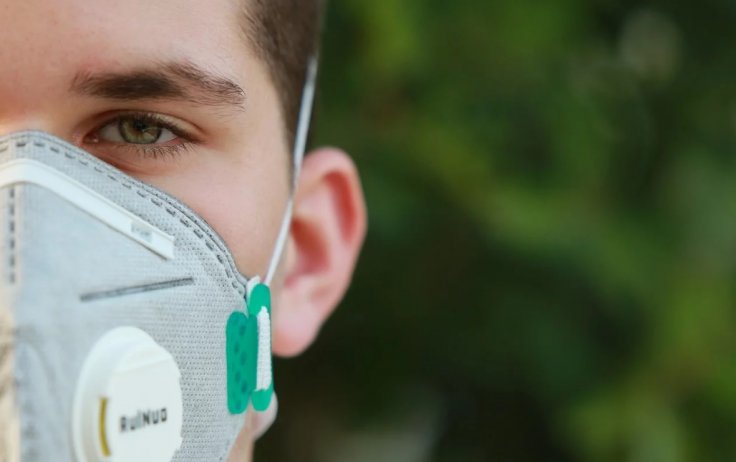The approach of New Zealand is simple. Since May 3, New Zealand has not seen more than two new cases daily, while it reported zero daily increase in some days of the previous week. More than one month has passed after the country's strict lockdown and aggressive measures.
Prime Minister Jacinda Ardern began a strict national lockdown when there were only 102 cases and no deaths at all. This decision was praised internationally by organizations like WHO.

Elimination approach
The country pursued 'elimination approach' quite different from the usual ones, writes Sophie Cousins in The Lancet.
Michael Baker, advisor of the Government's coronavirus response, who is also a professor from the University of Otago's department of public health, Wellington said that full lockdown including school and non-essential workplace closures along with banning social gatherings while restricting travel helped New Zealand in COVID-19 elimination. Saying that it was a right decision, Baker added, "we had to go hard."
Two key benefits of the elimination strategy was having few cases and fewer deaths, enabling getting back to businesses, according to Baker. In case the country had followed alternative models, then there would have been mitigation and suppression, as the virus would have been stuck in the country.
Essentials were running

Essentials were running during the lockdown such as managing borders along with contact tracing, testing, and surveillance. Amidst 5 million population, there were more than 150,000 COVID-19 tests since late January with focus on those with symptoms.
In addition to tracing all the contacts of symptomatic people, widespread testing has been started by the Ministry of Health, such as testing particular communities with high coronavirus contraction risk. Focus is on the elderly and residential care including healthcare workers.
The country considers testing samples from sewerage aiming to eliminate the pathogen. In the forefront of the overall response was a combination of "science, leadership, and careful language."
Positive frame of mind
Siouxsie Wiles, head of the Bioluminescent Superbugs Lab at the University of Auckland, said that the frame of mind of the general population was kept positive, contrary to other countries where there was a negative and fearful mind frame. This was one of the key reasons in the way of a successful COVID-19 response and its elimination.

The principle that guides New Zealand is not to "stigmatize and that we unite against COVID-19," added Wiles.
The country's PM Ardern appeared on social media with a smiling face, sharing her personal life during lockdown, mindful of the seriousness of the pandemic. This helped in building public trust, while public communication played a crucial role, to which Wiles agrees.
What is elimination?
"We don't want the public to feel like they are being lied to," he says while explaining 'Elimination' which meant –in epidemiological terms– bringing cases down to "zero or near zero in a geographical location."
As every country there are breaches of lockdown rules, such as last week when the country loosened some restrictions, fast food outlets went out of food as public flaunted hugely to get food. The country is not yet "at the finish line", Wiles said.
The country is easing restrictions while slowly reopening the economy.








